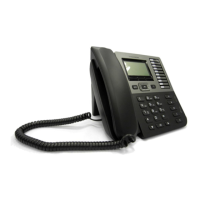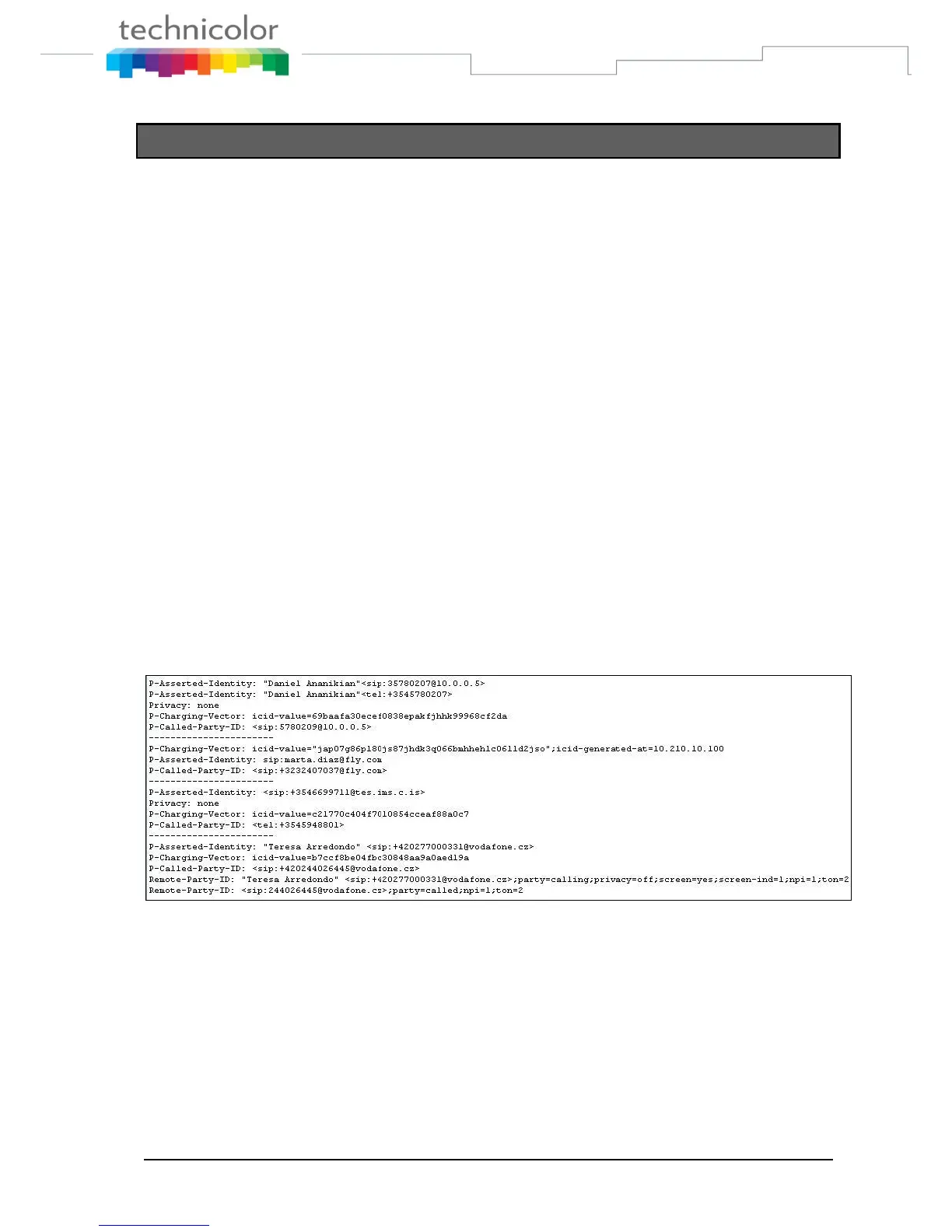TB30s SIP Administrator Guide v1.3 Page 179 of 259
Identity Header Precedence
This new feature specifies how the “source” for the caller/called party
identity display, will be determined.
There are a number of SIP headers that can include calling (INVITE) or
called (in 200 OK) party information.
A little history from “draft-ietf-sip-privacy-xx” to “RFC3325”:
1. The calling party number was stored in the SIP From header in the
initial SIP RFC 2543.
2. Later, Remote-Party-ID header was added in “draft-ietf-sip-privacy-xx”
file,
3. Then Remote-Party-ID was not standard anymore and has been
replaced with P-Asserted-Identity header (PAI) in RFC3325.
4. Finally, as User Agent can have multiple Identities, P-Preferred-
Identity header was added to carry the identity the user wishes to be
used.
This feature allows use of any of the possible headers where the calling
number can be stored.
Some examples:
Different softswitch vendors use one or more of the different headers to
provide information, and there is not a clear common criterion to all of them
on the priority to be applied.
Moreover, TB30 phones have a local phonebook.
Phonebook shall be always the 1st priority, but the header to look for in the
phonebook will depend on the priority of the headers.
So two new variables are defined for “header priority”, default value being
as follows:

